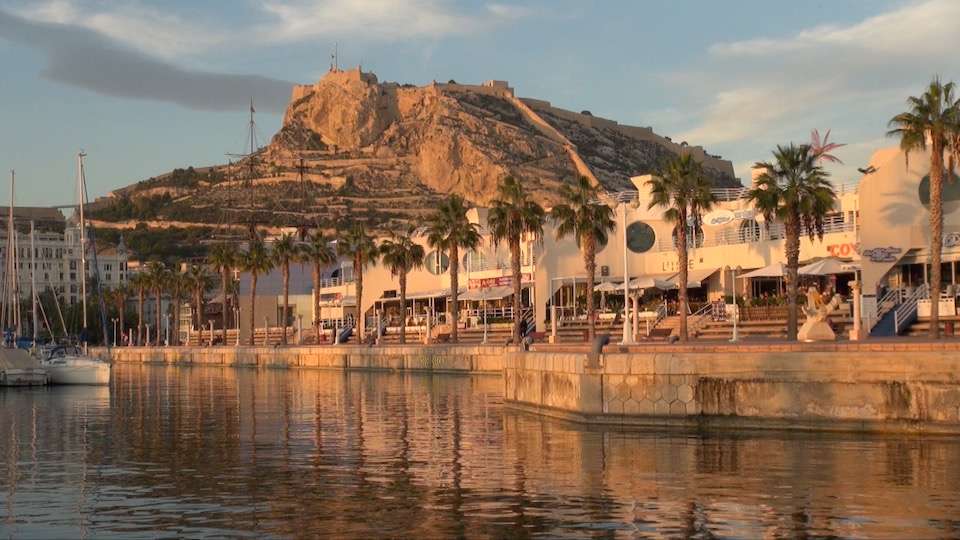Saint Petersburg • Russia
In Saint Petersburg buildings in the large historic centre and canals dotted with baroque bridges, are a UNESCO World Heritage site. Its Hermitage Museum, housed in the Winter Palace of the Romanov Dynasty, is one of the world’s greatest and oldest collections of art, treasure, and antiquities.
Founded by Tsar Peter the Great on May 27 1703, located on the Neva River at the head of the Gulf of Finland on the Baltic Sea, it was the capital of imperial of Russia from 1713 to 1728 and from 1732 to 1918. In 1914 the name of the city was changed to Petrograd, and in 1924 to Leningrad, finally in 1991 back to Saint Petersburg.
The Hermitage is the main reason for coming to St Petersburg and it can take hours to see the collection. Housed in the Winter Palace itself, the official residence of the Romanov tsars for over two centuries, was the place that witnessed the rise and fall of the Russian Empire. Tip: book tickets online to avoid queues and collect at a dedicated ticket collection booth just inside the gates.
Saint Petersburg is a great city for walking and if you are here during the White Nights of summer it really becomes such a fantastic place for culture and fun, extending your day into the late hours when even at midnight the sun is still in the sky. I was fortunate and had excellent weather, shorts and comfortable walking shoes – it was hot and humid, just like summer should be, though this is not the norm, it was much better than a summer in London.
The most impressive building must be the Church of the Saviour on Spilled Blood, a traditional style Russian church built on the spot where Tsar Alexander II was assassinated in 1881, the interior decorated with over 6000sqm of mosaics. The gold-draped onion-domed church is one of the main attractions of St. Petersburg. Construction began in 1883 and was finished in 1906, under the rule of his son, Nicholas II. The Church resembles St. Basil’s Cathedral in Moscow and was designed in medieval Russian style.
Palace Square is the main and probably the most famous square in the northern capital of the Russian Federation. Being a central square of St. Petersburg for centuries, it has witnessed many major events in the Russian history, including the Bloody Sunday of Jan 9, 1905, and the October Revolution of 1917. Right in the centre of the square stands the famed Alexander Column, named in honour of the Russian Emperor Alexander the First, marking Russia’s victory over the Napoleonic France in 1812.
The canals and pedestrian walkways, and over 800 bridges make it such a charming place. The main bridges on the Neva river are raised every night at 1am to allow large cargo ships to pass, though at this time you could be stranded on the wrong side of the river until they are lowered again.
Culturally rich in museums and history, stunning architecture, parks, canals and so much more, St Petersburg really punches. I wish I had more time to see all it really has to offer, after 3 days I only scratched the surface. There is no doubt this is genuinely a world treasure worth visiting.






